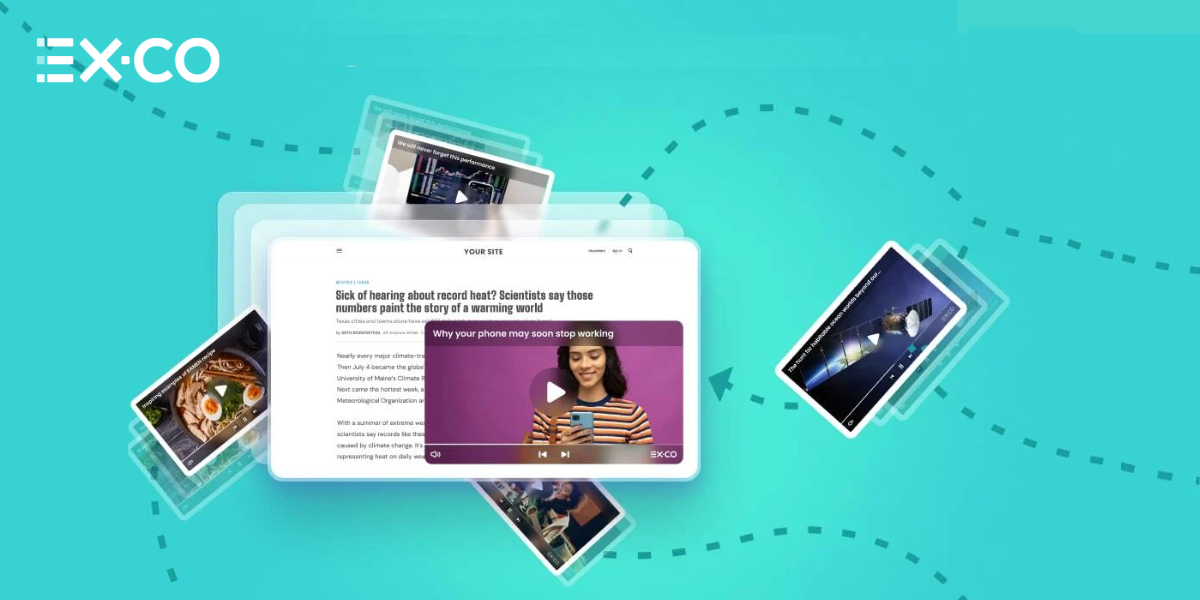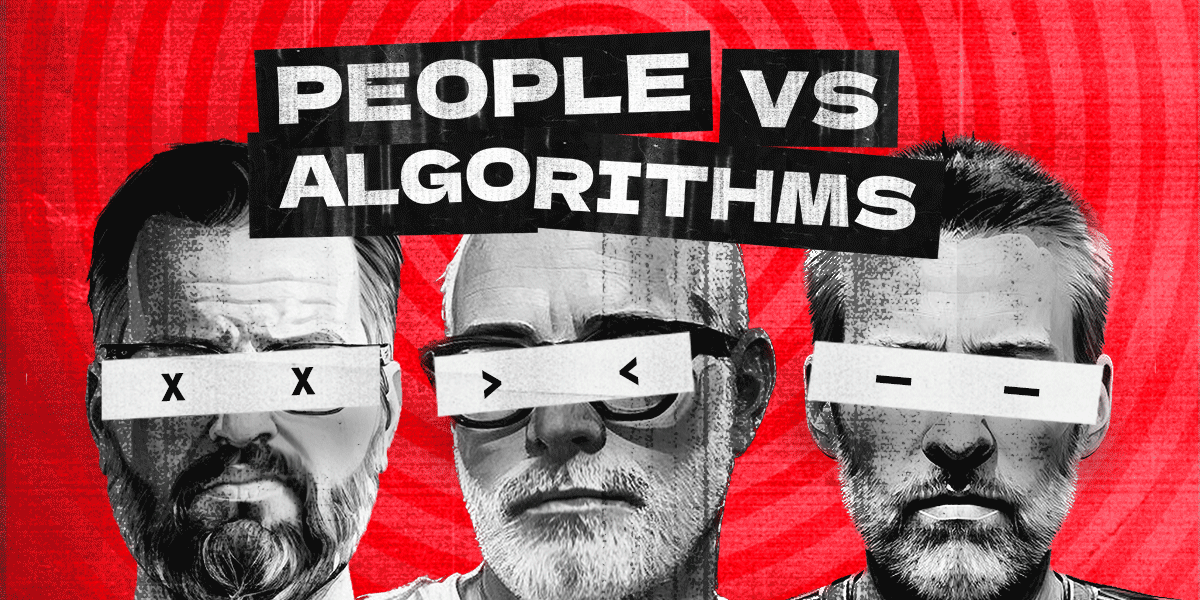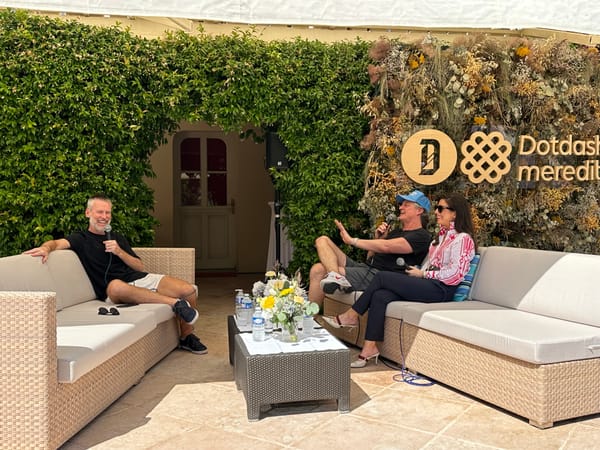North stars
Setting a big goal

Today, I have some thoughts shaped by last night’s New Growth Agenda event we held, and Time CEO Jess Sibley joined People vs Algorithms to discuss what it’s like running a publishing business in a time of chaos.
Quick reminder: We’re closing our research project on the state of publisher ad businesses. Please take the 10-question survey.

Untapped potential: Does video coverage matter?

In today's digital landscape, video content reigns supreme, captivating users with its immersive experience and driving engagement and ad revenue. However, many publishers still lag in video coverage, missing out on its full potential. Embracing high video coverage not only keeps users engaged but can unlock significantly higher ad revenue opportunities. Click to read how prioritizing full video coverage, publishers can enhance user experience and maximize their earning potential, positioning themselves for success.
North stars
Last night, The Rebooting held the first New Growth Agenda event at the Tribeca Grill in New York City. We got together 45 top executives from leading publishers to get beyond the existential talk to focus on growth.
We had roundtable discussions over dinner around key issues like reimagining open web advertising, building sustainable subscriptions models, shifting to audience-centric approaches, and moving from traffic to engagement.
One theme that emerged is the long process of regaining control, as much as possible, over distribution and monetization. The latest search kerfuffle was yet another reminder that larger forces often exert their power to dictate publishers’ businesses. Google is a de facto regulator, along with other tech platforms. OpenAI is at least cutting deals. Google’s action against outsourced coupons subdomains is a case in point. These efforts are attractive — a big publisher can bank $5 million in pure profit without doing much work at all — but they’re also basic arbitrage. My question with this manual action – Google usually tries to hide behind the algorithm in its regulatory decisions – is what comes after coupons? What about mass-produced outsourced affiliate SEO pages?
The issue for publishers is simple: these are Google’s users. They originate there, leaving aside that Google paid $20 billion a year to make sure they were Google’s users. Actually, maybe they’re Apple’s users.
The MFA debate is awkward because most publishers are made for advertising. And even rebranding MFA as made for arb doesn’t quite help separate the good guys and bad guys because everyone arbs. The best reaction is to simply shrug and move on, as many publishers have done by mining their coupons pages. Another hole in the P&L, although the good news is publishers I spoke to were more upbeat about their year compared to a year ago. That’s been born out in the results of research we are conducting with our partners at Permutive. (Please take the revenue survey. We are closing it at the end of the week.)
The best businesses know who they are and what their focus is. I see far more talk about having a North Star. That sounds simple and sensible enough, but as The Great Coupon Arb Culling shows, publishers often need to chase so many things the businesses become confused. As former Washington Post executive Jarrod Dicker said to Workweek’s Adam Ryan, “Our business models were under our control.”
That inevitably ended publishers in weird places. Outsourcing commerce content, for instance, makes sense on paper. Newsrooms aren’t equipped to write effective product review content. But that can quickly mean misaligned incentives, since chasing scale means sacrificing quality.
The problem with AI is people know that. As was mentioned at my NGA table, AI is probabilistic and news is deterministic. The backlash against the tone-deaf Apple commercial is a sign of the inevitable counter to AI infecting everything. I have no doubt AI will be pervasive; I don’t know if it will be cool because its point is to be average.
I was both surprised and heartened that the specter of AI didn’t dominate discussions. Everyone wants to know The Number of the Dotdash Meredith deal with OpenAI, of course. That’s what matters, not using an enterprise version of OpenAI. It was apparently enough to satisfy Barry Diller. The math matters. How do you get to The Number? Is it based off the amount of a particular publisher’s content that’s been ingested? How is it valued as training data?
One exec told me they wanted to know the percentage used in their model and get paid based on that. But the issue is quantity doesn’t equate to value. For publishers, they’d probably start by modeling the hole in their balance sheets from a 25%-35% drop in search. Yet I have to think there is a spread between the value of content for advertising and the value for learning. Much of the most monetizable content is certainly not the most valuable. A trip to the SEO fighting pits will tell you that, as magazine brands, business publications and SEO chop shops vie to pass off their expertise in pet-hair management.
I heard a lot of discussion of regaining that control. Having a North Star helps. The Financial Times has the luxury of boiling it down to “global paying audiences,” which is arguably more to the point than “digital go-getters.” It’s no surprise The New York Times’ turnaround started with a clear focus on building paid readership.
I found it refreshing on this week’s episode of People vs Algorithms when our guest host, Time CEO Jess Sibley, clearly stated Time is a “B2B company.” In this she means its revenue will come from brand partnerships, not consumer revenue. Taking down the paywall last year was about aligning to that, and to the mission of the brand.
Much of the talk at NGA around shifting to an audience focused quickly shifted to making that a reality in messy organizations. Much high minded strategy doesn’t survive the move from an orderly PowerPoint chart to human activity. That’s why management totems like North Stars are useful.
One major magazine publisher shared how a group focused squarely on engagement had made a major difference in shifting organizational ethos. In a strange turnabout, in a room filled with big name consumer publications, I heard jealousy for B2B publishers. They have simpler businesses that force focus and have typically monetized through lead generation and events. It’s telling that the extinction event meme doesn’t apply to B2B. Might be a lesson there.
One aspect of control that arose: identity vendors. Time and again, publishers have seen middlemen spring up and inevitably be misaligned with publisher interests. I heard a clear call for publishers to guard against the same story.
Thank you to BlueConic and Permutive for sponsoring the New Growth Agenda.

Listen to this week’s People vs Algorithms, where Troy Young and I were joined by Jess Sibley, CEO of Time. We discuss the coupon culling, navigating the unknowns of AI, taking down the Time paywall, and more. Listen on Apple | Spotify | other podcast platforms.
Send me a note with feedback by hitting reply or email me at bmorrissey@therebooting.com.




